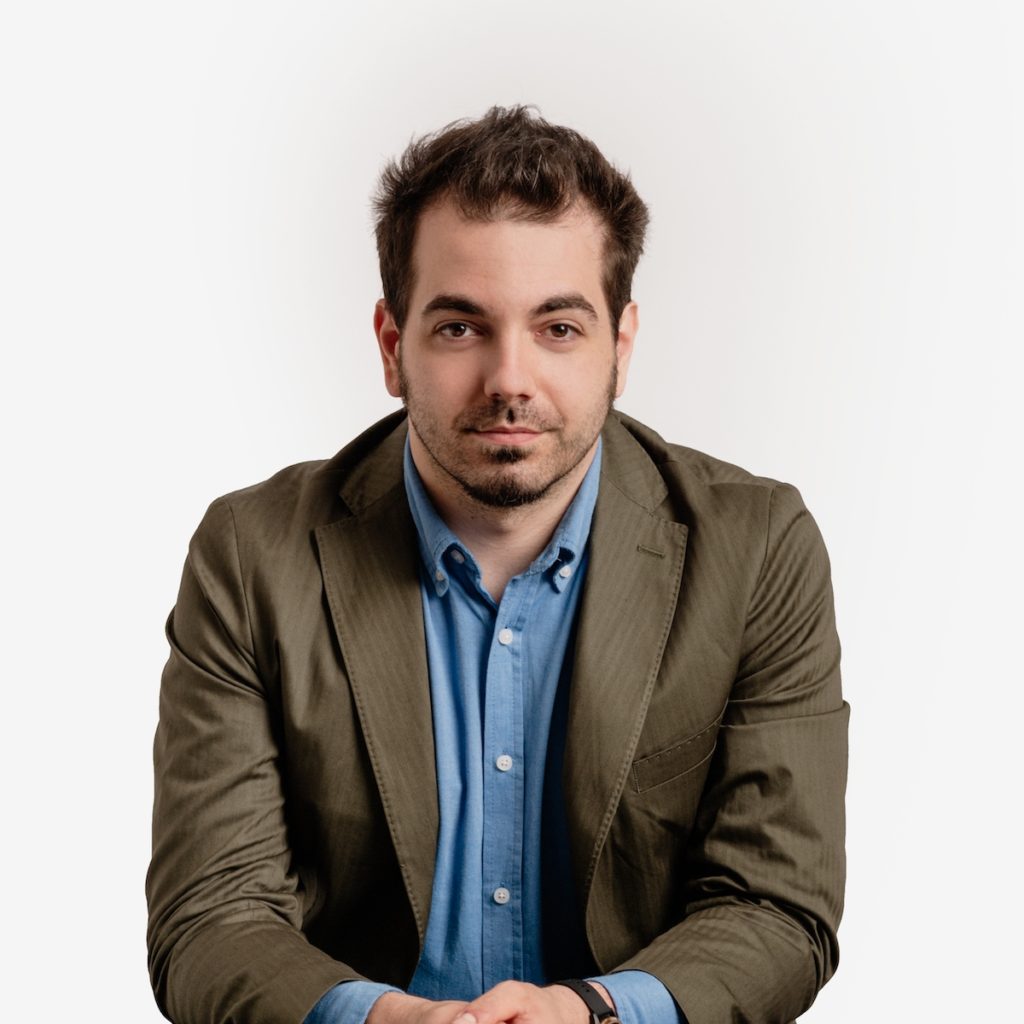frap / ˈfrap / s.m., [Modenese dialect, probably from Latin faber, ‘craftsman,’ ‘blacksmith’] – ‘blacksmith.’ The regional spelling of the founder’s last name. It outlines the deep connection between Frap Tools and the geographic area surrounding Modena, with its renowned tradition of craftsmanship and design. On a symbolic level, ‘frap’ also relates to the very musician our ‘tools’ are made for, which crafts art with modular synthesizers like a blacksmith forges items with crucible and bellows.
We’ve been obsessed for a long time with some crucial questions:
- Is the modular synthesizer an instrument or a piece of equipment?
- What is the difference between the two?
- Is it better to cook with butter or oil?
While we’re still debating the third point, we think we got a grasp over the first two, which allowed us to define our approach toward modular synthesizer design.
For us, the main difference between an instrument (like a piano) and a piece of equipment (like a mixing desk) is the user. A piano player is a musician, and a mixing engineer is a technician. But what about dub musicians? They use mixers in an unorthodox way to perform rather than refine. The tool is the same, but the intention is entirely different.
Electronic music was born before electronic music instruments. A bunch of musicians in the 50s realized that they could have used lab equipment to make art instead of engineering, so they used their tools with a different approach. After a while, someone developed new equipment specifically designed to make music: it was the synthesizer, and it was an instrument.
For us, the modular synthesizer is an instrument. Yes, every part of it, including the mixer: this is how we developed, for example, our flagship CGM mixer, packed with creative tools specifically designed for Eurorack performances.
We thus design our modules as if they were instruments, and that’s why we don’t want any labels on their interfaces. You don’t label your guitar frets or piano keys, and check where the F# is every time you need it, don’t you? You just practice until it feels natural, until you know and feel where it is.
Of course, a cryptic code needs a key: that’s why we care so much about education. We want to explain how our instruments work in the clearest way, to make you feel at ease while playing.
Building this kind of musical ease requires reliable instruments, though: we design, build, and test our modules here in Italy, checking them one by one to ensure that you can trust them in your musical performances.

Fabrizio Benatti Software Designer
Fabrizio is Frap Tools’ programmer: without him, USTA would have been impossible to create. He has a strong industrial programming background, but he is also a musician, so he knows how to handle an electronic music instrument from both ends.

Simone Fabbri Product Designer and Founder
Ever since he founded Frap Tools in 2015, Simone’s goal was to achieve the best match between a consistent and unconventional user interface, an aesthetically pleasing design, and high-end performances to foster new performative approaches.

Federico Foglia Production Manager
Federico merges Simone’s design and Antonio’s circuit into an actual Eurorack module, ensuring that the concepts translate into a functional performance tool. He is also in charge of Frap Tools’ scrupulous production and quality control.

Giovanni Grandi Content Manager
Giovanni is responsible for the keys to decode Frap Tools’ design. He curates the on- and off-site educational resources (manuals, videos, tech support, live workshops), always trying to make the instruments easy to understand and incorporate into a musical setup.

Antonio Masiero Analog Designer
Antonio has a solid background in professional audio equipment and he is in charge of the circuit design, translating Simone’s concepts in the analog domain. He is primarily concerned with creating a balanced and efficient electronic system.